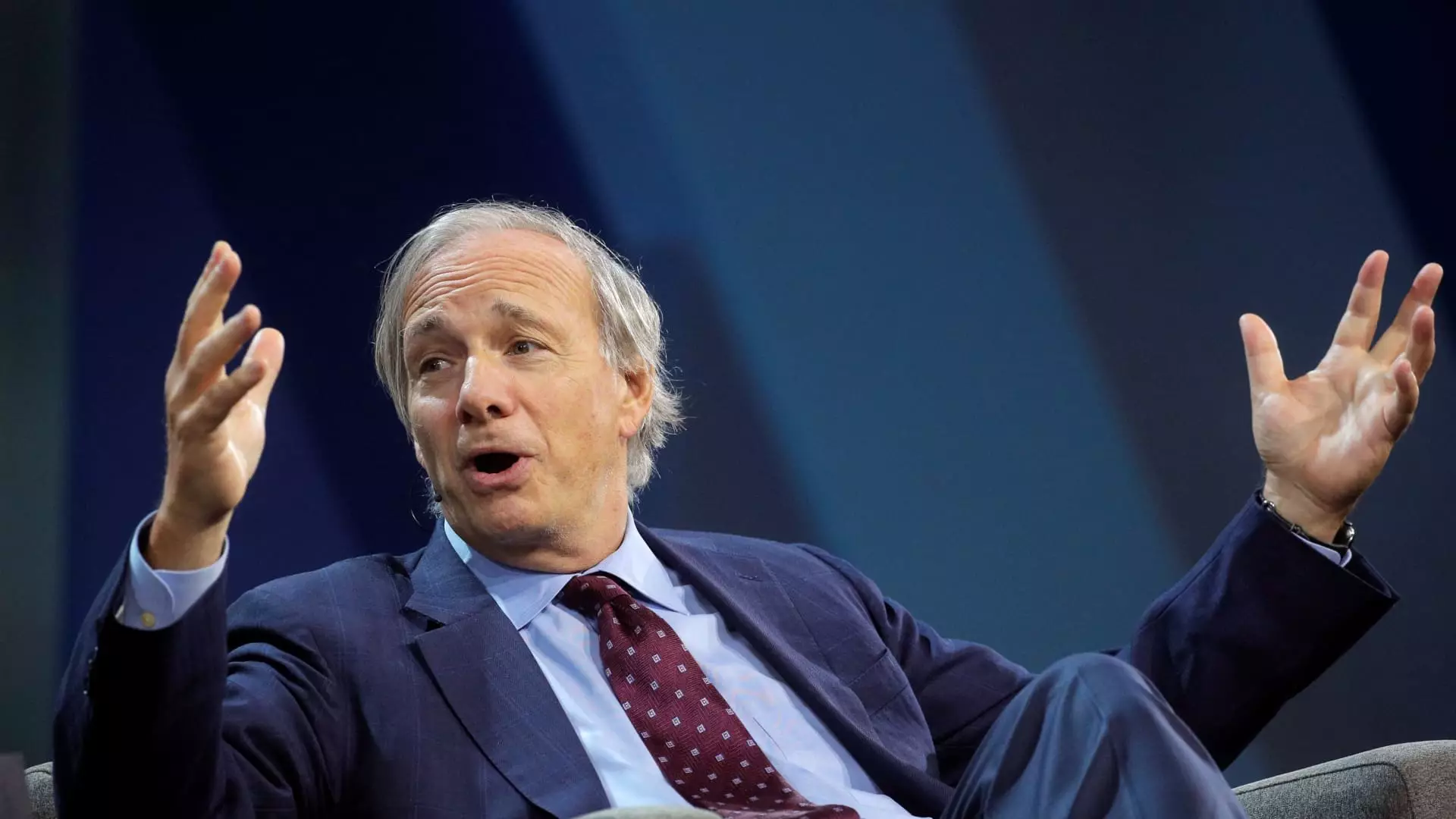The recent interest rate cut by the U.S. Federal Reserve marks a significant intervention in a national economy riddled with unprecedented debt. Billionaire investor Ray Dalio highlights a persistent challenge: the United States faces an “enormous amount of debt,” which is a critical element in understanding the broader economic context. The Federal Reserve’s decision to reduce the federal funds rate by 50 basis points to a range of 4.75% to 5% is indicative of a balancing act—striving to maintain manageable borrowing costs while mitigating negative impacts on debtors. However, the implications of such a policy shift are vast and complex, affecting everything from consumer loans to government financial sustainability.
The interest rate affects short-term borrowing costs for banks and influences a range of consumer products, including mortgages and credit cards. This cut aims to stimulate economic growth; however, the underlying reality is far more critical as the nation grapples with mounting national debt, which exceeded $35 trillion. The U.S. Treasury has reported over $1 trillion in interest payments alone this year. Adding to the pressure, the budget deficit is hovering near $2 trillion. This scenario raises urgent questions about the long-term viability of such fiscal policies.
Dalio’s insights reveal a deep concern over this delicate financial equilibrium, “The challenge of the Federal Reserve is to keep interest rates high enough for creditors but low enough to not burden debtors.” This is a tightrope that highlights the potential systemic risks involved if this balance falters.
Globally, governments have adopted aggressive borrowing strategies, particularly during the Covid pandemic, as a means of financing extensive stimulus packages to prevent economic collapse. According to Dalio, the sheer scale of this debt accumulation is unprecedented within his lifetime, emphasizing that such dynamics complicate any general outlook for economic stability.
The present conditions suggest a worrying trend: countries are increasingly relying on monetary policies that may lead to debt monetization—a strategy akin to what Japan adopted in its efforts to manage its economic downturn. The implications of this could be dire, as persistent low-interest rates could depreciate the value of currency significantly, impacting savings and investments across the board.
When contemplating the potential for a credit event, Dalio expresses a nuanced perspective. He contends that while the economic landscape appears stable, an enormous amount of debt needs to be addressed, highlighting the risks involved in rolling over existing obligations. Furthermore, Dalio raises a critical point about political leadership—concerns that neither current nor potential future leaders may prioritize debt sustainability may exacerbate these challenges.
In contrast to viewing the situation through a lens of immediate threats, Dalio elucidates a more extensive cycle: “I see a big depreciation in the value of that debt through artificial low real rates.” This prediction reflects a belief that the effects of financial maneuvers will emerge gradually rather than through abrupt market disruptions.
Dalio also underscores significant concerns regarding potential Federal Reserve interventions. He warns that should markets fail to absorb the colossal debt issuance, it could necessitate intervention, which he perceives as a sign of systemic problems—a “significant bad event.” Such actions not only disrupt market equilibrium but could quell investor confidence, leading to broader economic stagnation.
Additionally, this raises the question of how market dynamics react to oversupply conditions. Traditional economic theories suggest that in a hard money context, one could expect a credit event, yet Dalio argues that in a fiat currency scenario, central banks may alleviate the pressure by purchasing debt—an intervention that ultimately risks devaluing all currencies relatively, ushering in an era reminiscent of the 1970s economic crises or the tumultuous period between 1930 and 1945.
The economic framework in which the U.S. and other nations operate is precariously balanced, burdened by immense debt levels that demand urgent scrutiny. As Dalio effectively highlights, while immediate doom may not be imminent, the long-term implications of these debt levels coupled with erratic policies could lead to an environment wrought with unforeseen vulnerabilities. The actions taken now, both by financial institutions and political leaders, will have far-reaching repercussions for economic stability in the years to come. It is a critical time for thorough analysis and proactive financial strategies to prevent the lessons of the past from spiraling into the future.


Leave a Reply